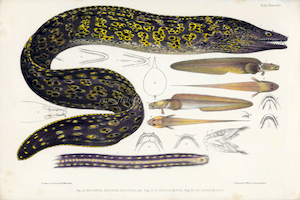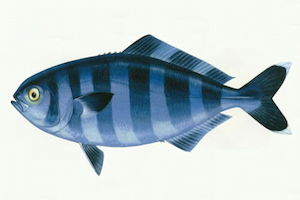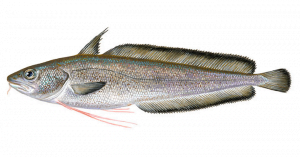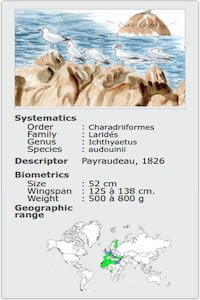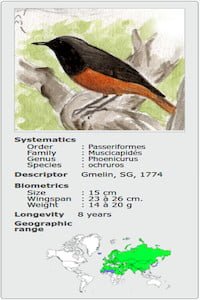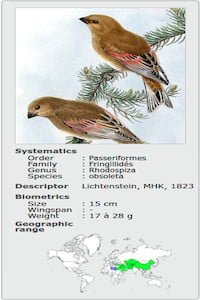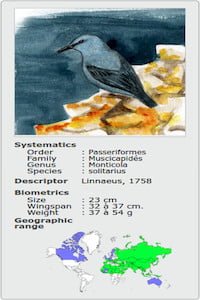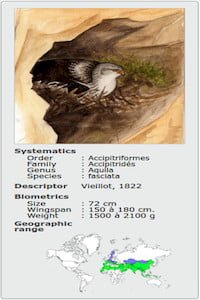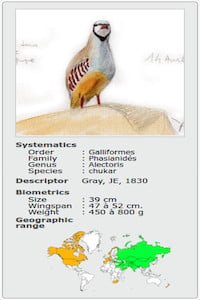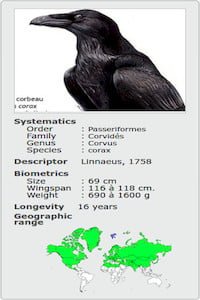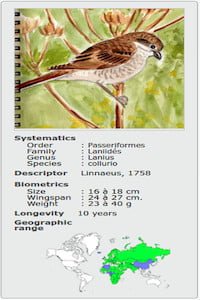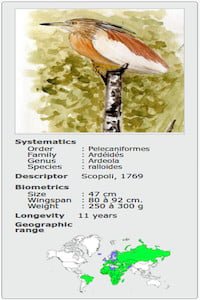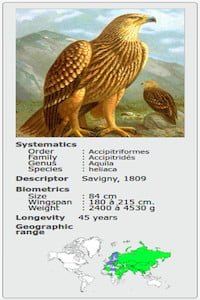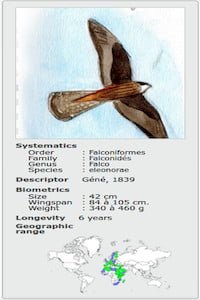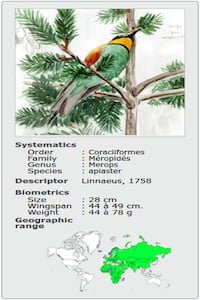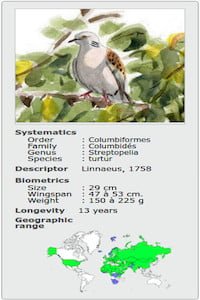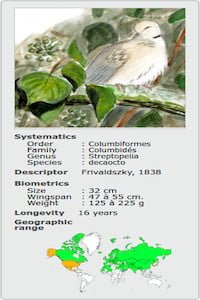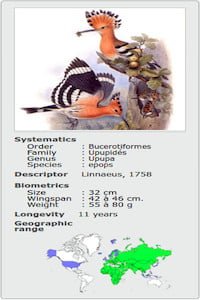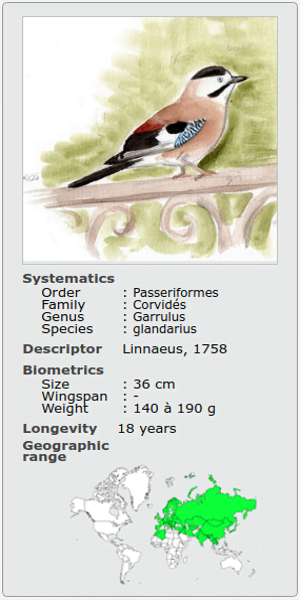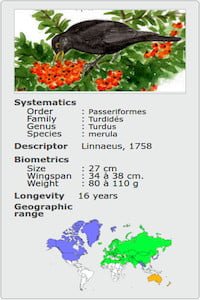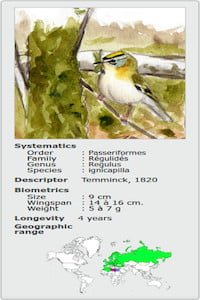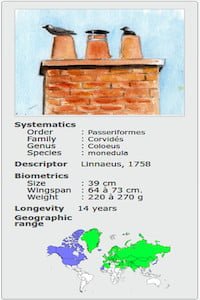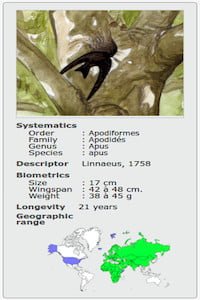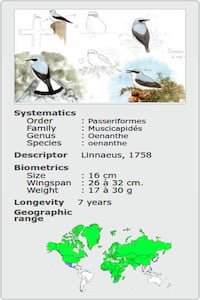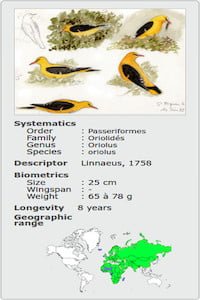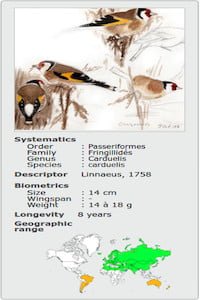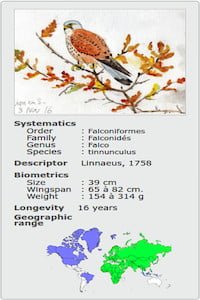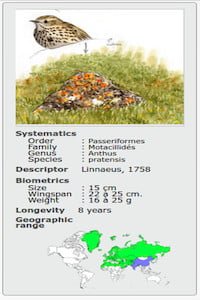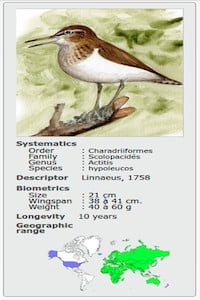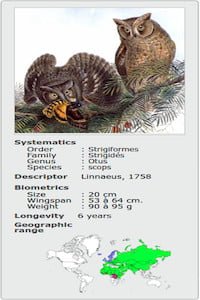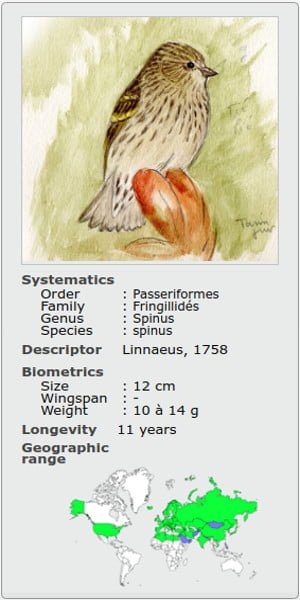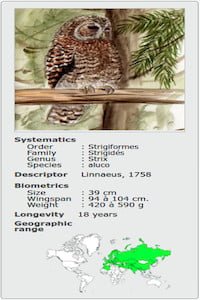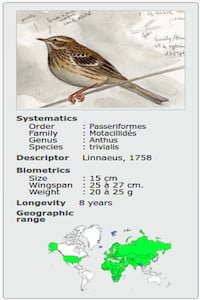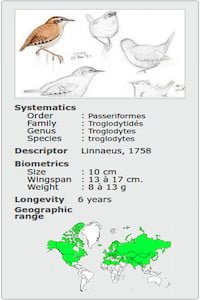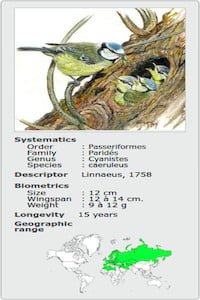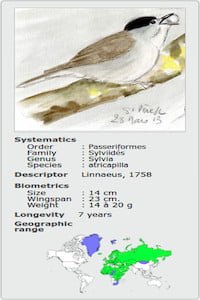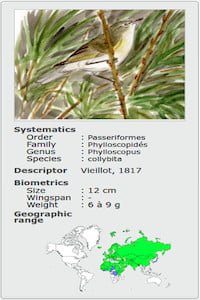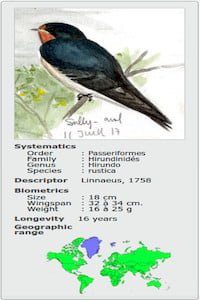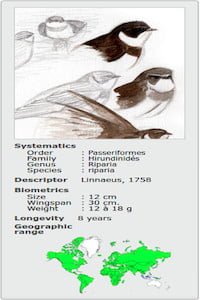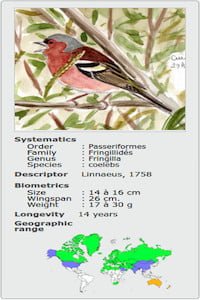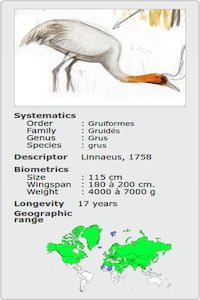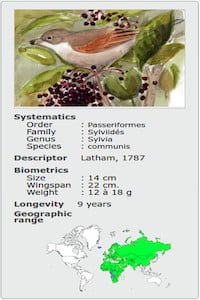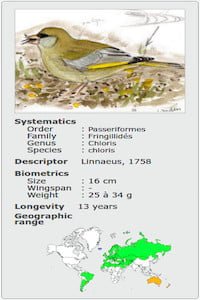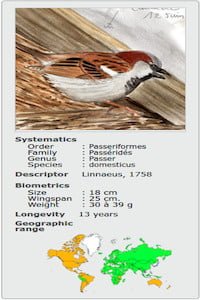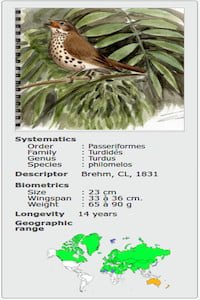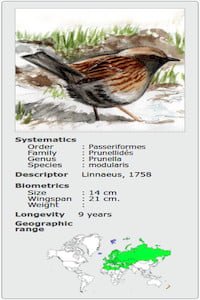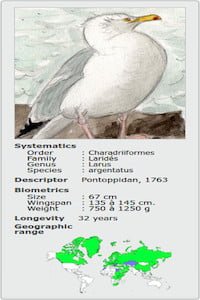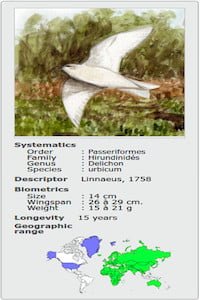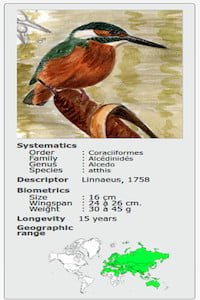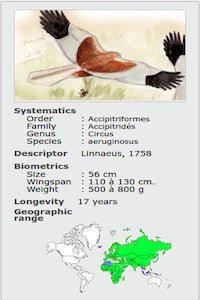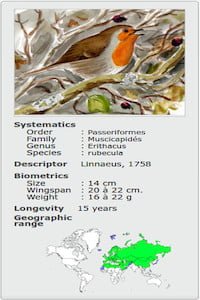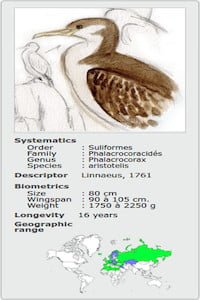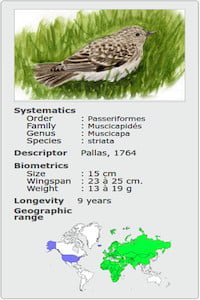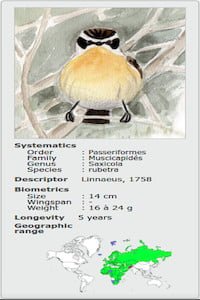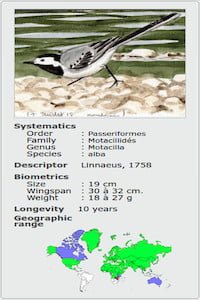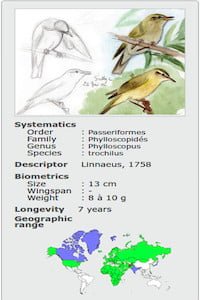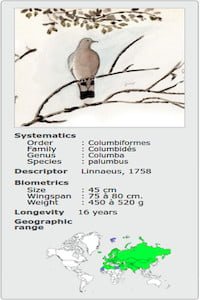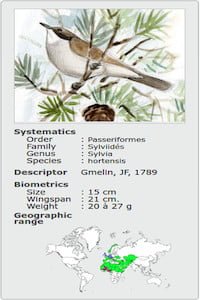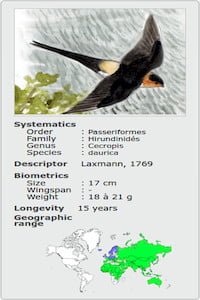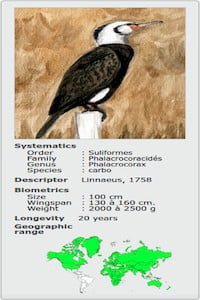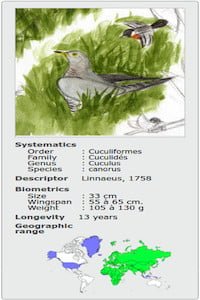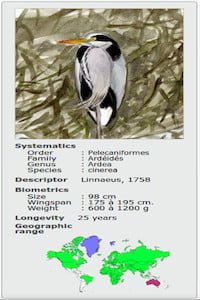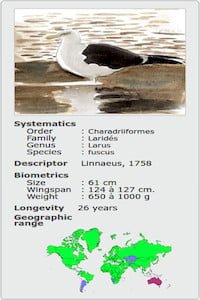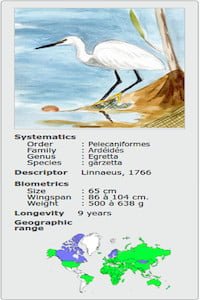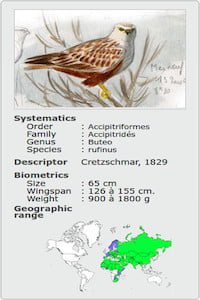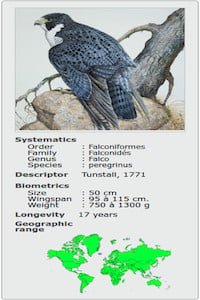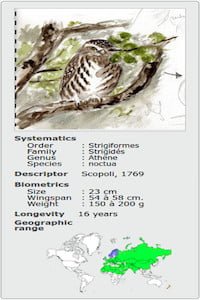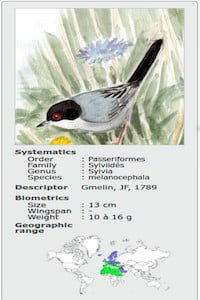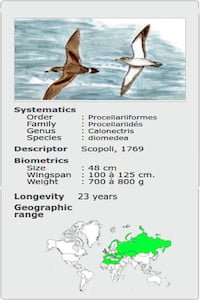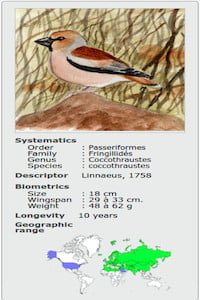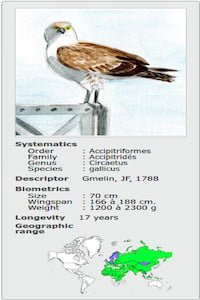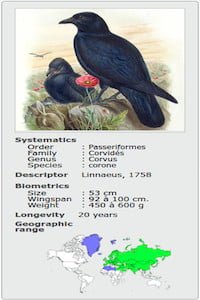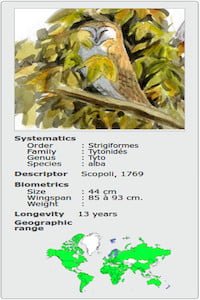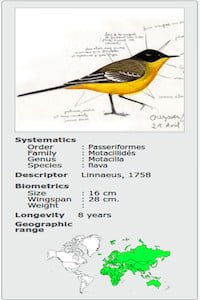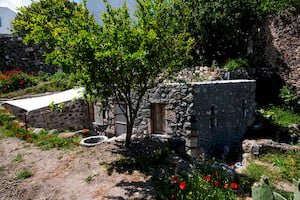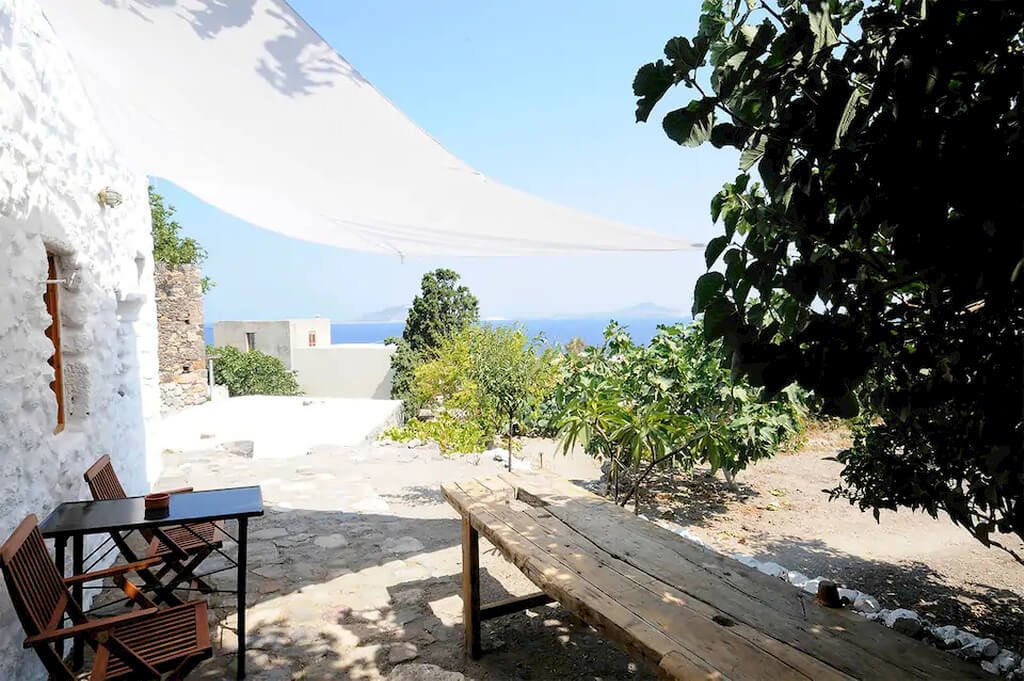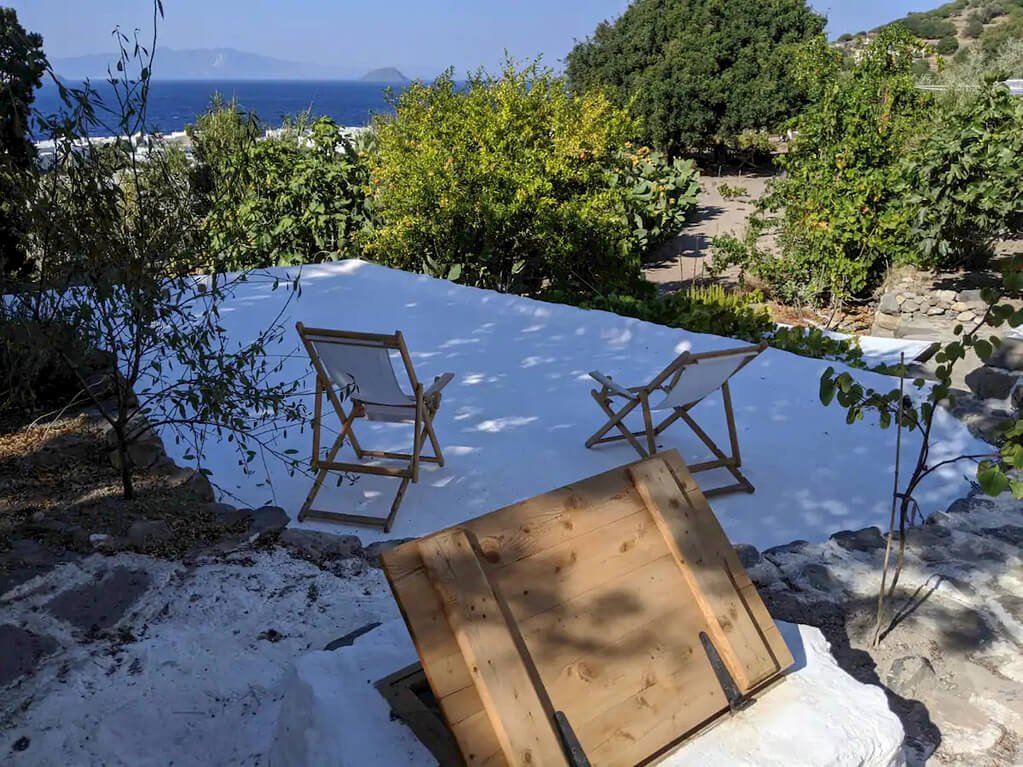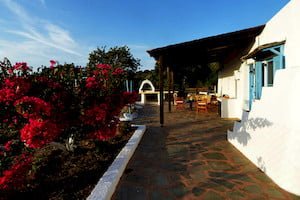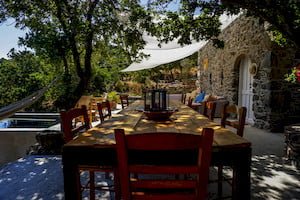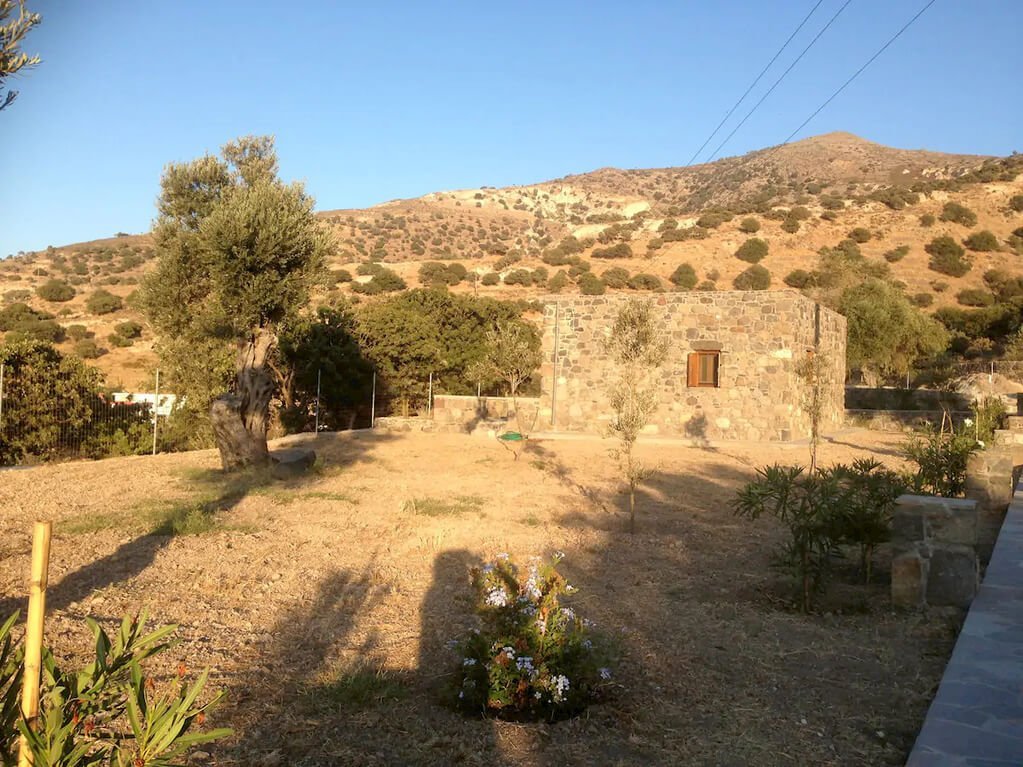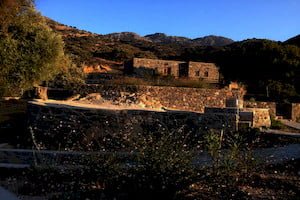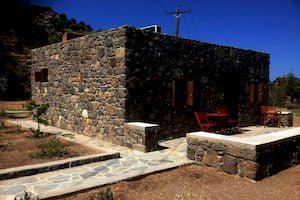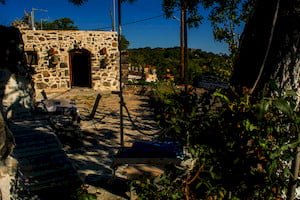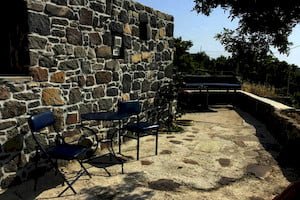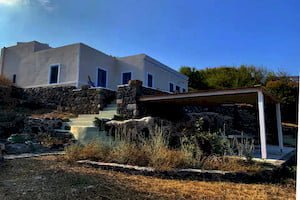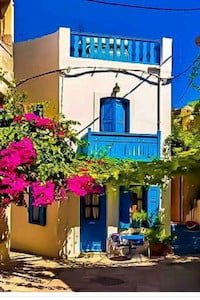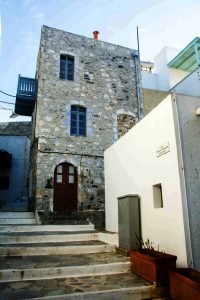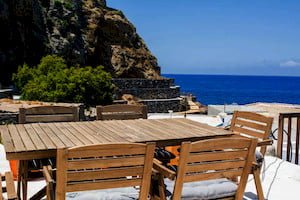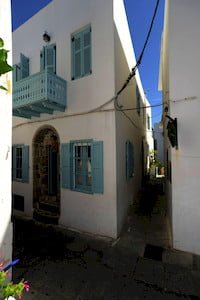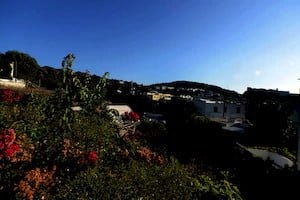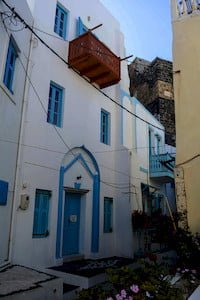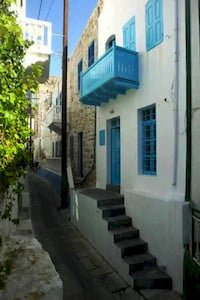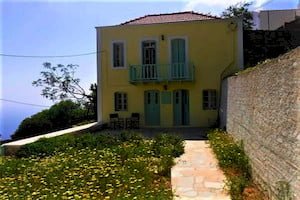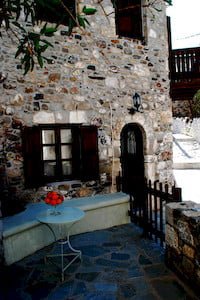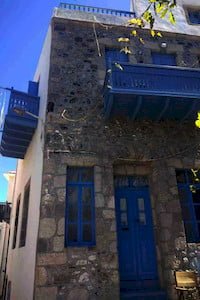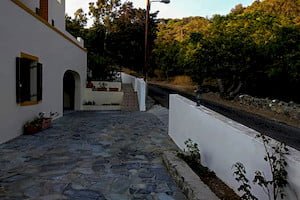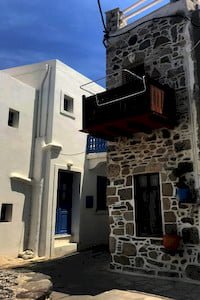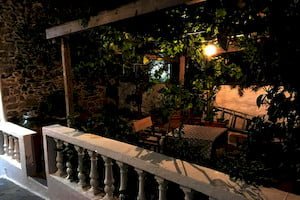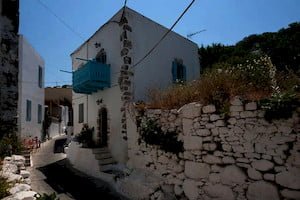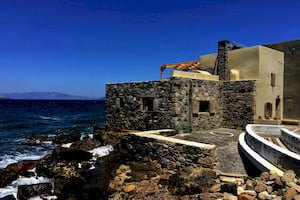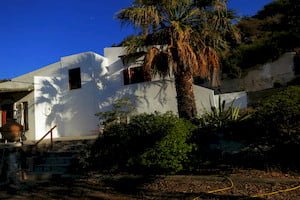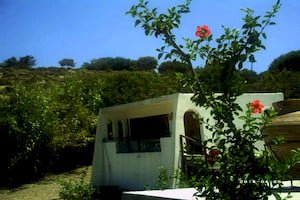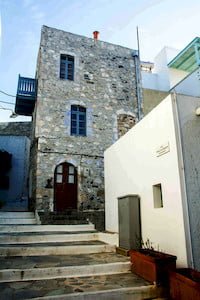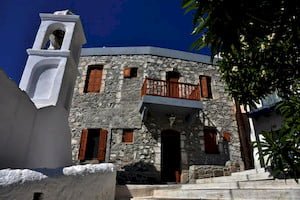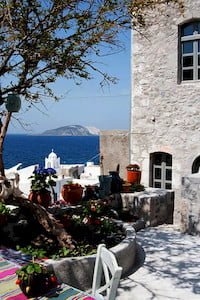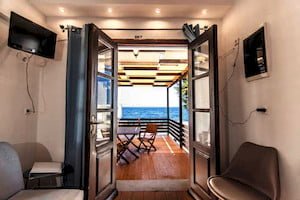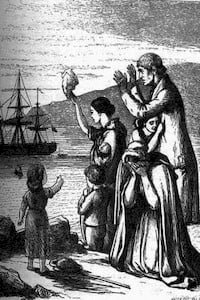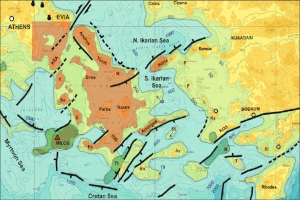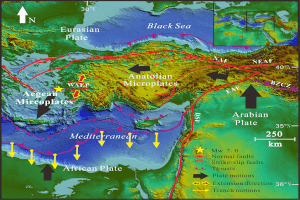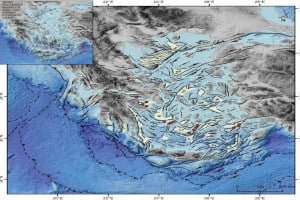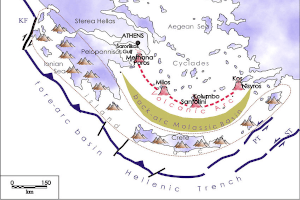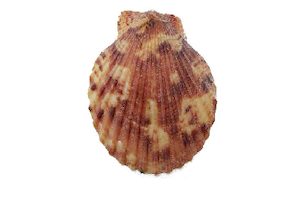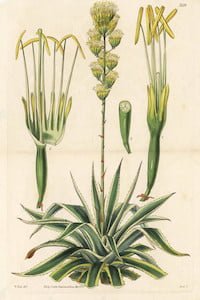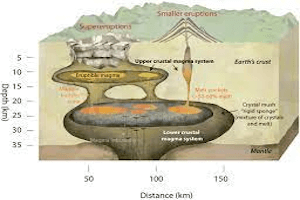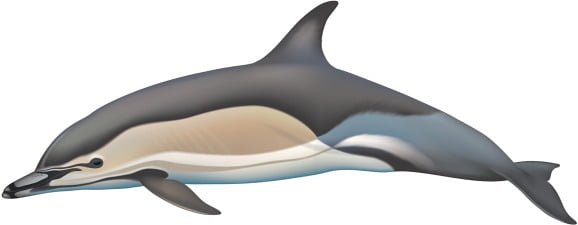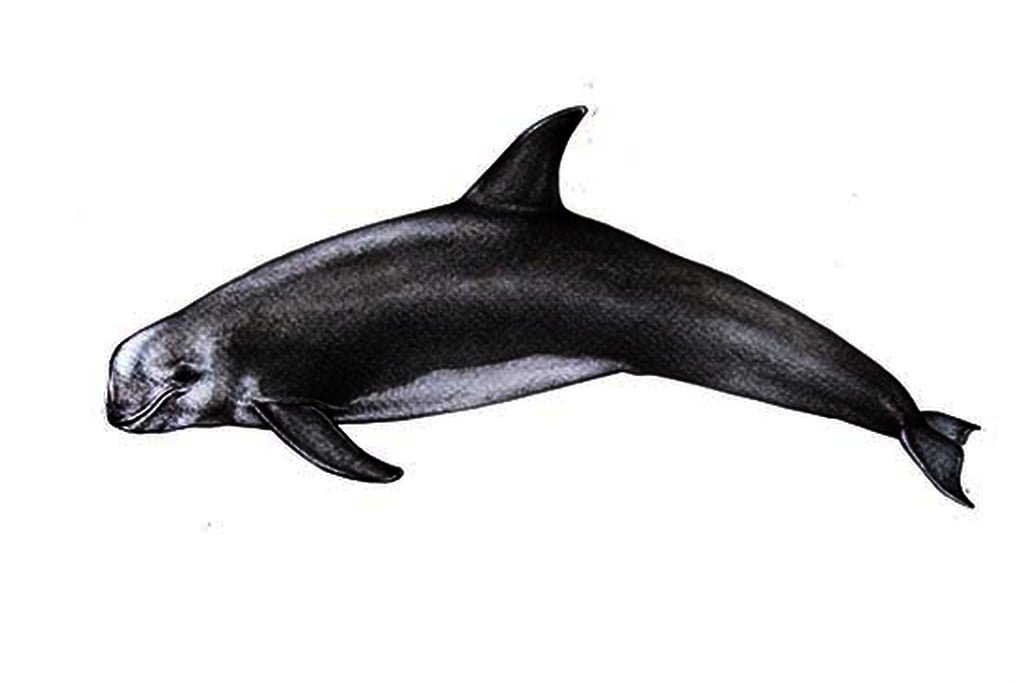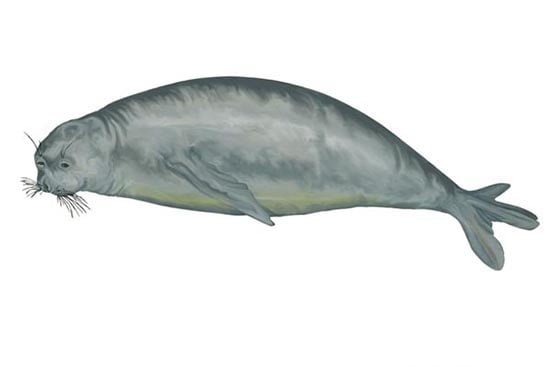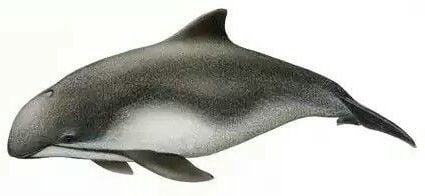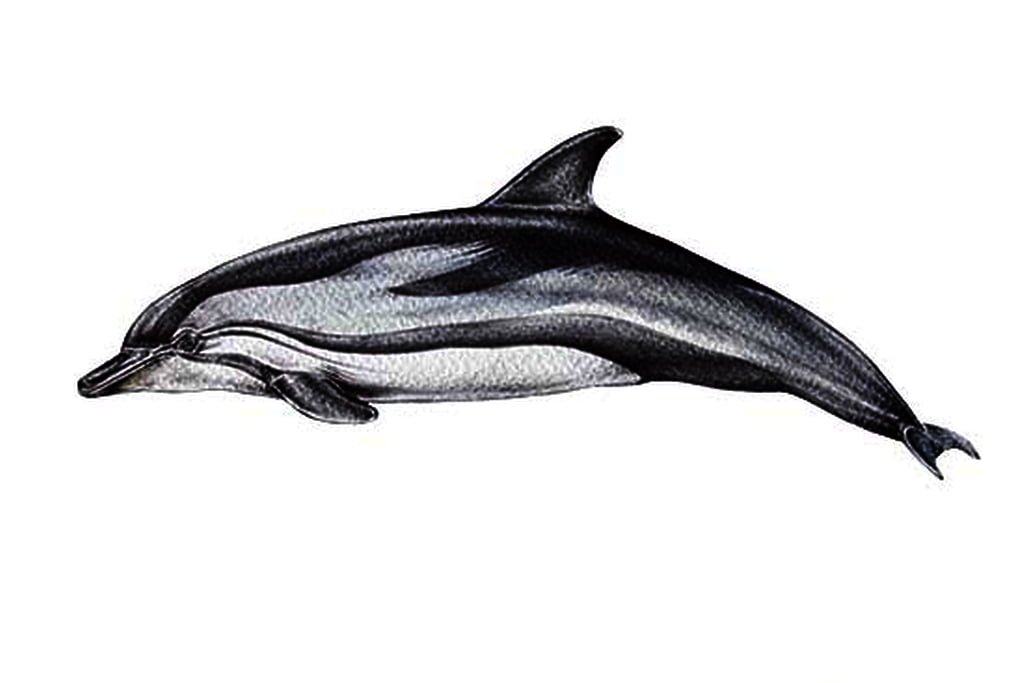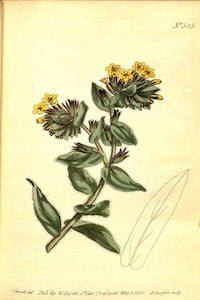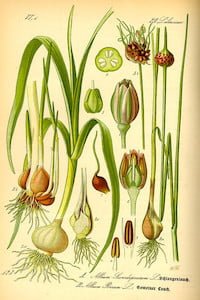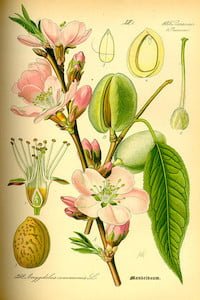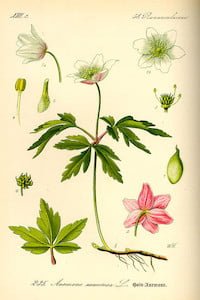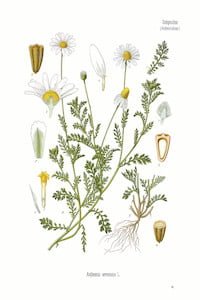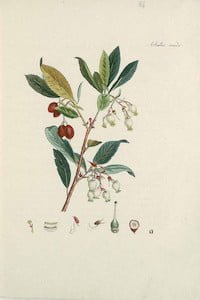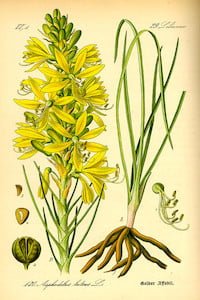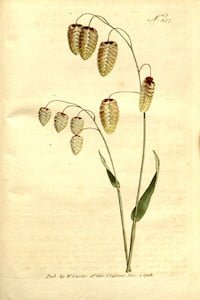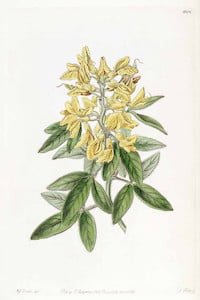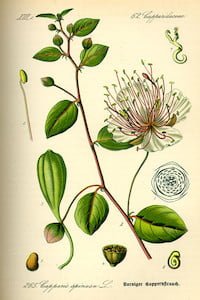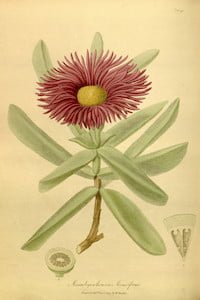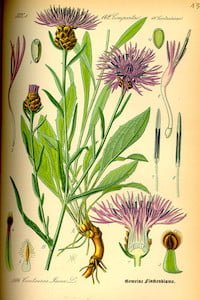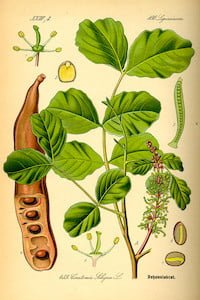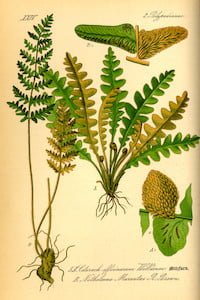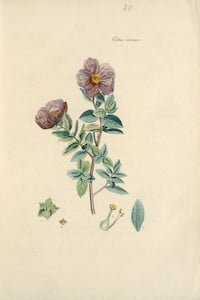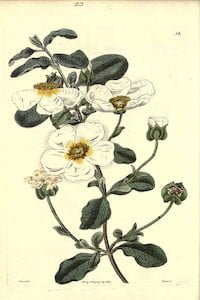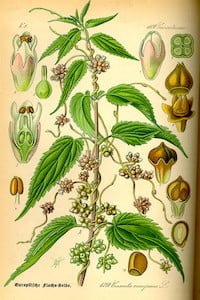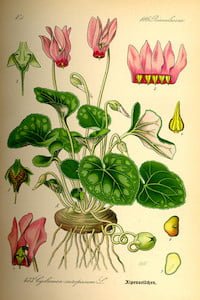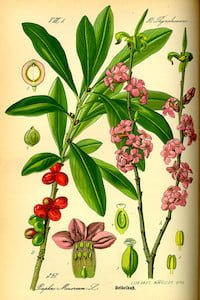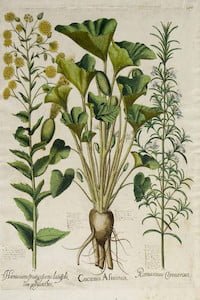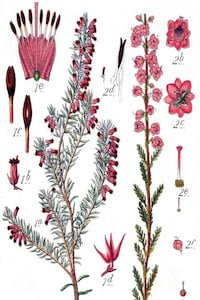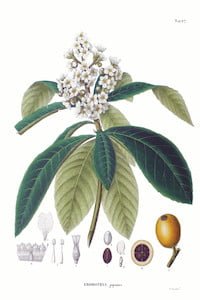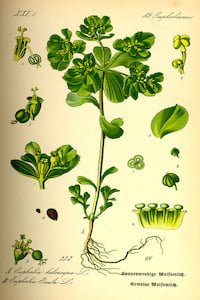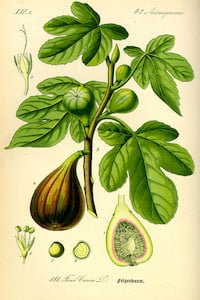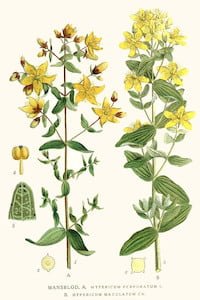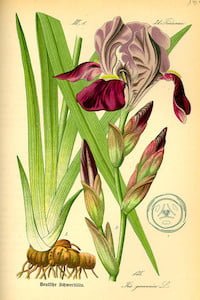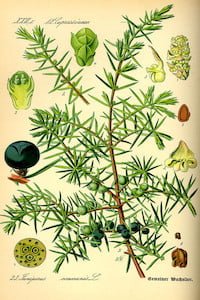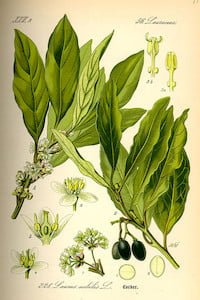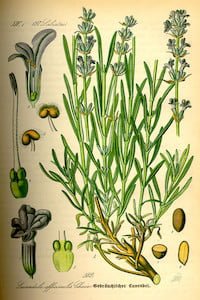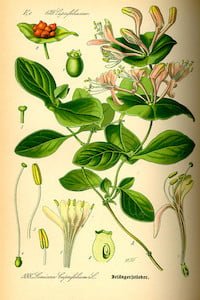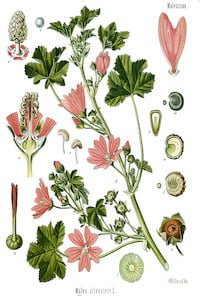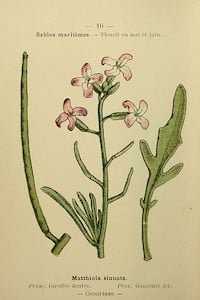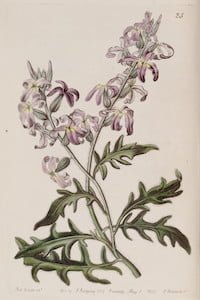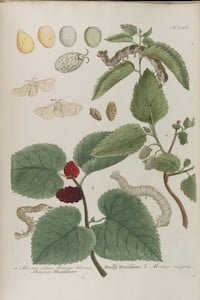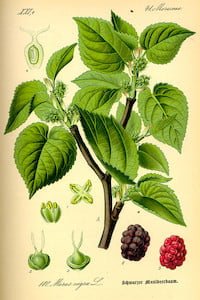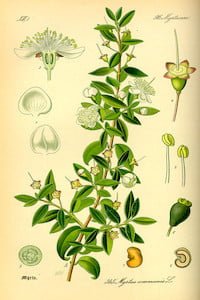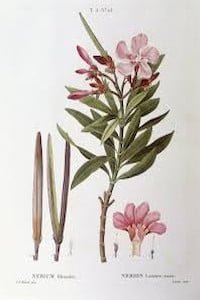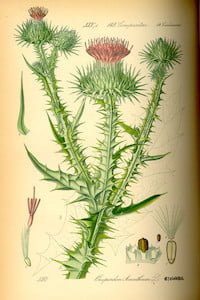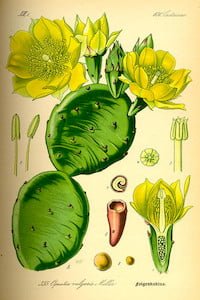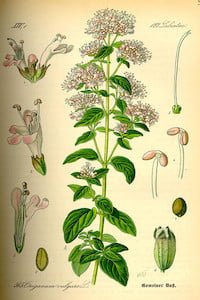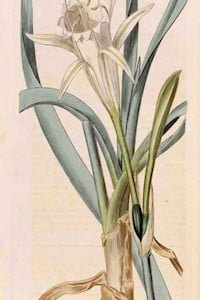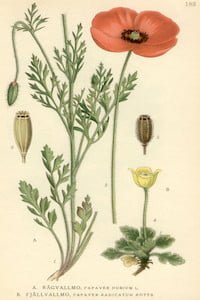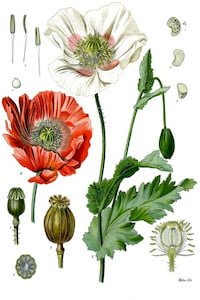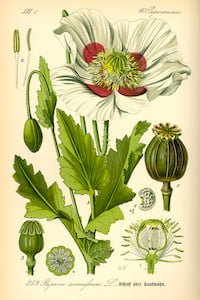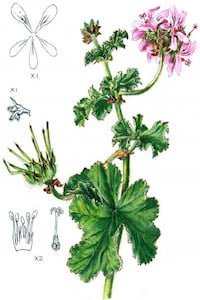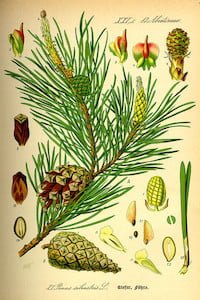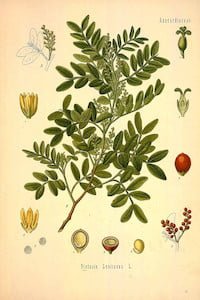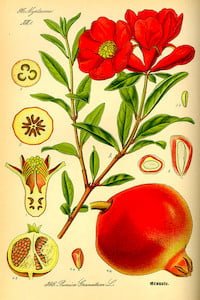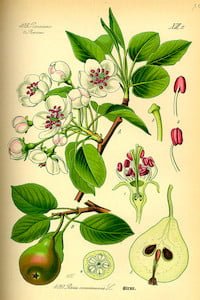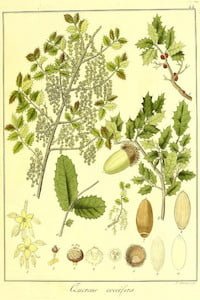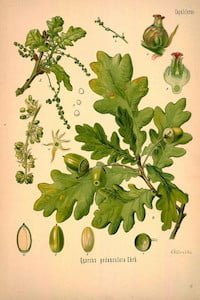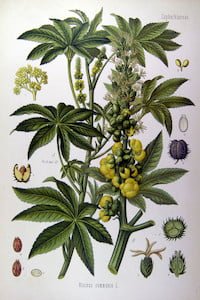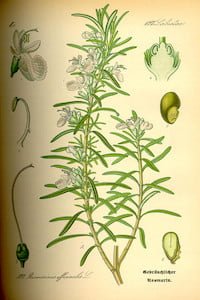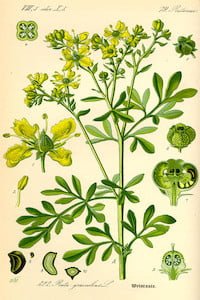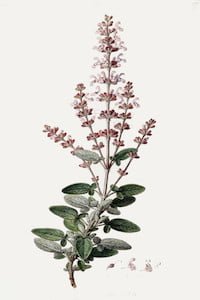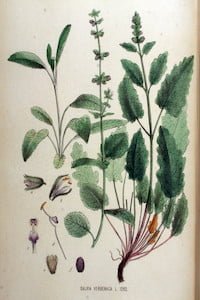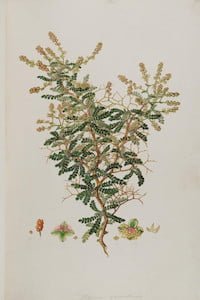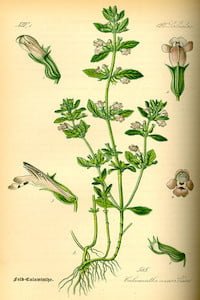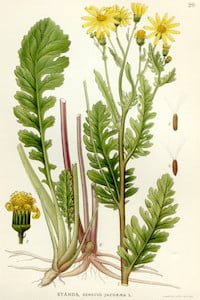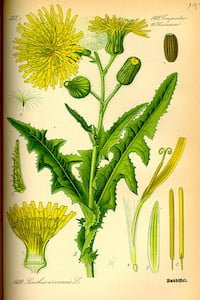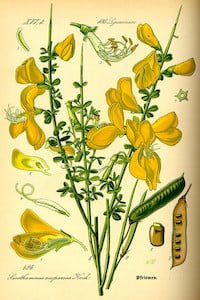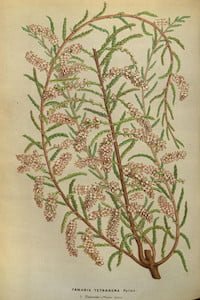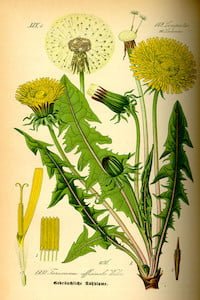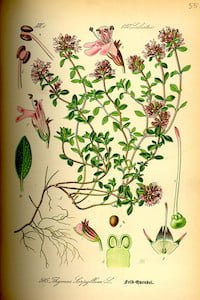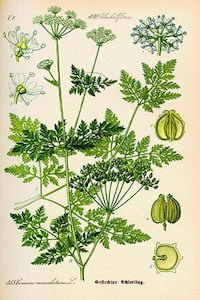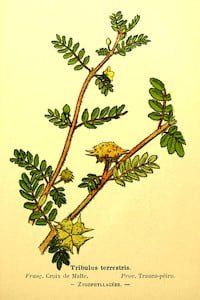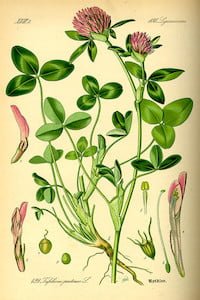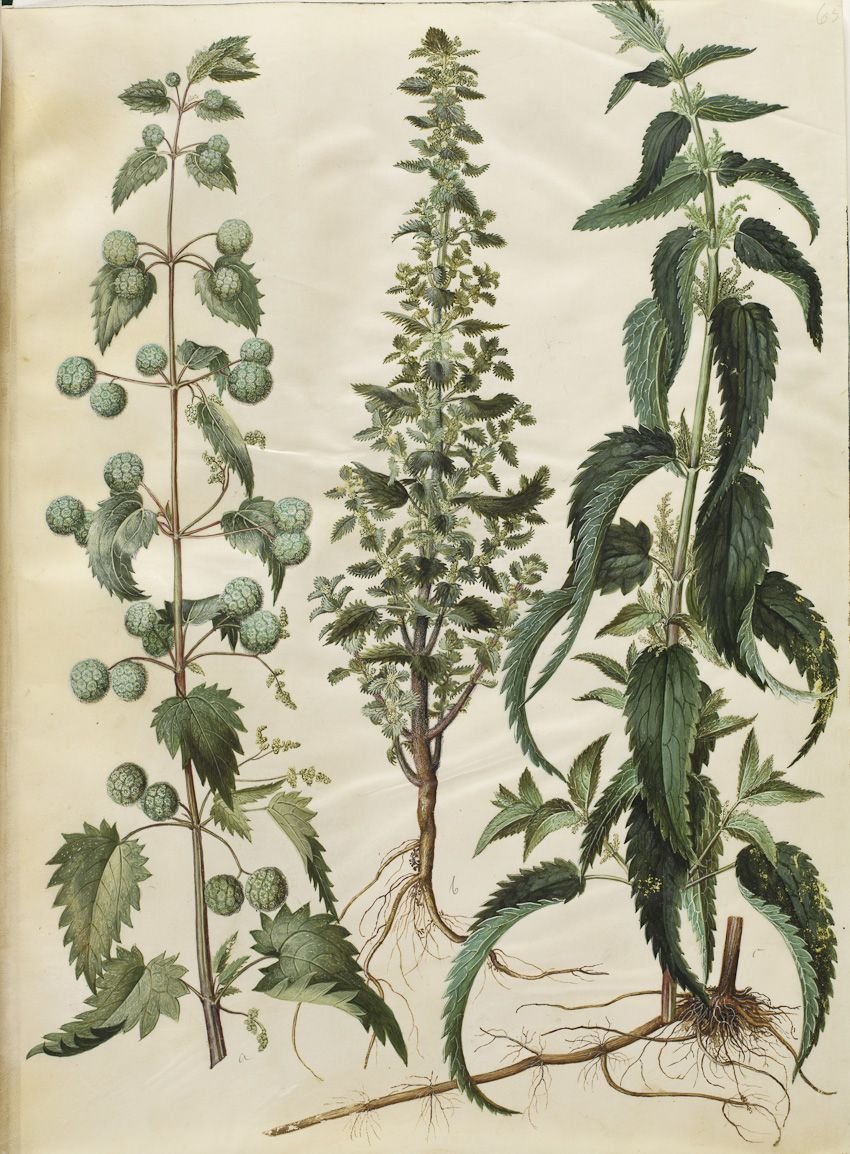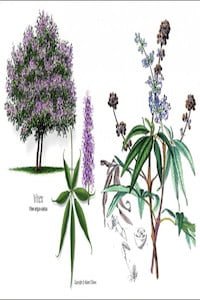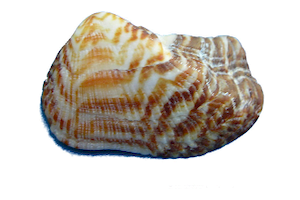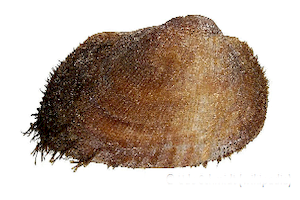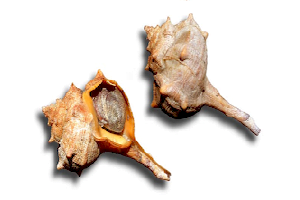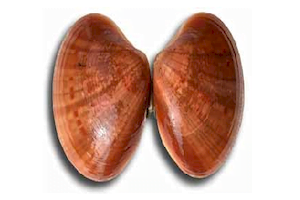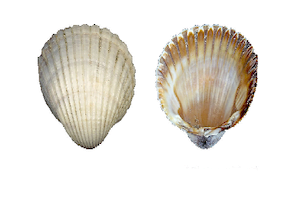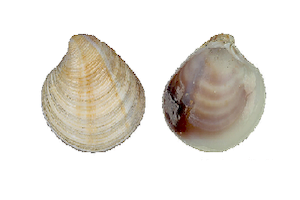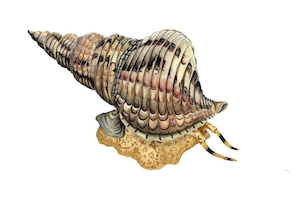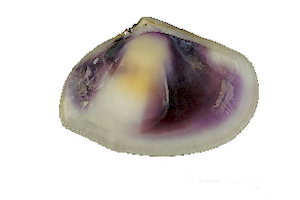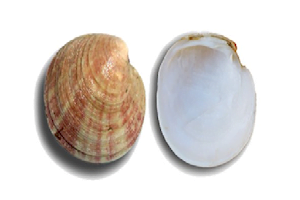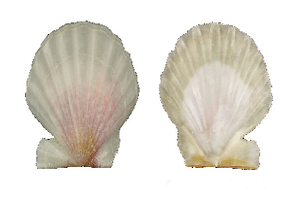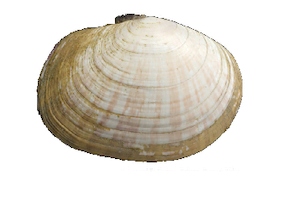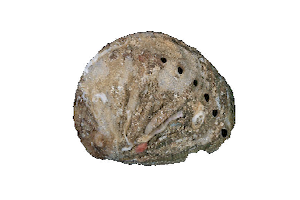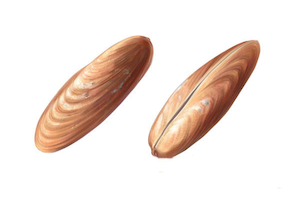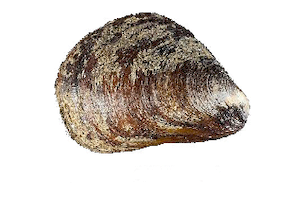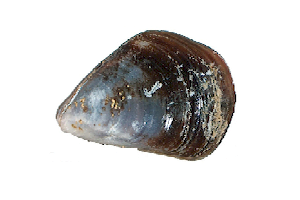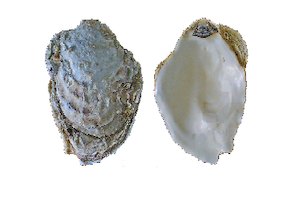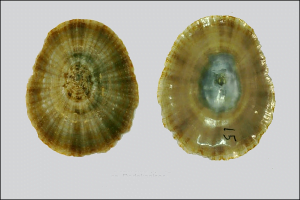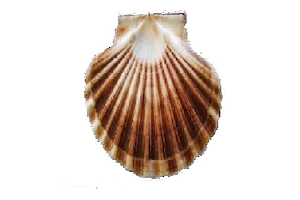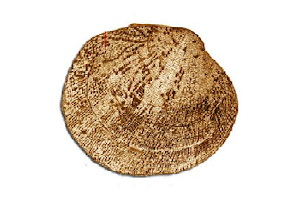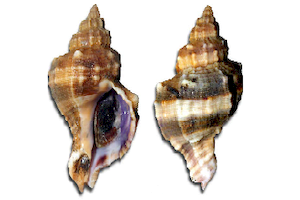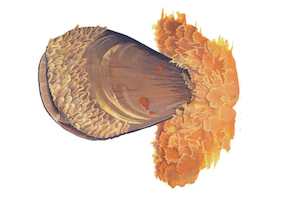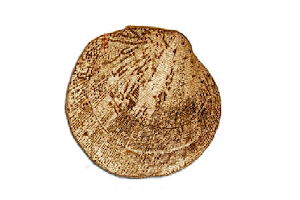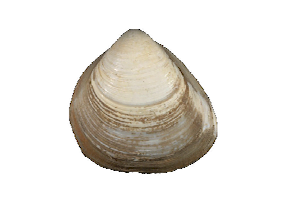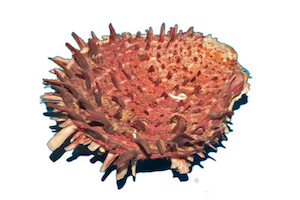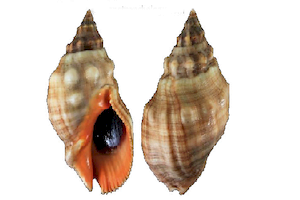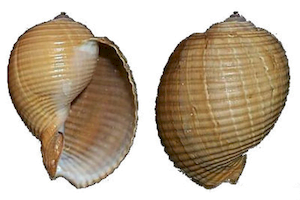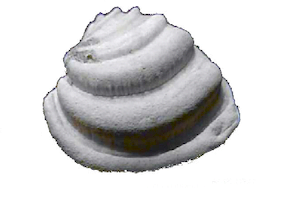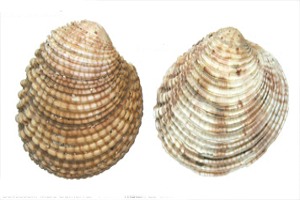
| Phylum | Chordata |
| Class | Actinopterygii |
| Order | Syngnathiformes |
| Family | Syngnathidae |
| Gender | Hippocampus |
| Species | hippocampus |
Hippocampus hippocampus
(Linnaeus, 1758)
- Cavaluccio marine camuso, hippocampus (I)
- Short snouted seahorse (EN)
- Kurzschnäuziges Seepferdchen (D)
- Hippocampe à nez court (FR)
- Caballito de mar (ES)
Hippocampus comes Cantor, 1849 [Syngnathidae]
FAO Names: En – Tiger tail seahorse, Fr – Hippocampe à queue tigrée, Es – Caballo de mar oceánico
Biological features Trunk compressed, more or less elevated, belly gibbous. Coronet small and rather low, with five rounded knobs. Anal minute. Pectoral short and broad. Dorsal moderate, situated on two trunk rings and one tail ring. Spines range from knob-like and blunt to well-developed and sharp; often with dark band near tip. Cheek spines are double. Double spines below and sometimes above eyes. Prominent, sharp nose spine; long, slender snout. Colour yellow and black body, sometimes alternating; striped tail; mottled or blotched pattern on body; may have fine white lines radiating from eye.
Images gallery
Hippocampus comes
(courtesy: Truong Si Ky. 2009) Large scale production of seahorses
Nha Trang, Viet Nam
Large scale production of seahorses
Nha Trang, Viet Nam Fry production tanks (Viet Nam)
Profile
Historical background
Seahorses are under threat worldwide because of the global demand for them and products arising from them. It is claimed that nearly 80 nations trade 24 millions seahorses annually. Currently the largest threat to seahorses is their use in traditional Chinese medicines. Dead seahorses are milled and used as cures or remedies for human skin ailments, high cholesterol levels, excess throat phlegm, goitres, heart disease, lymph node disorders, incontinence and impotence. As seahorses retain their shape after being dried many are also sold as souvenirs. The largest markets for these products are North America, Europe, Japan and Taiwan Province of China. Many are also taken for home aquaria but, being difficult to rear, most are lost. The tiger tail seahorse Hippocampus comes is listed in Appendix II of CITES, effective May 2004. This species is particularly targeted by fishers for medicinal and aquarium purposes; it is also incidentally caught by trawlers. In the Philippines the population of this species has been reported to have decreased by up to 70 percent over the decade 1985-1995.
Culturing seahorses is one of the measures being taken to sustainably recruit this species and also to meet the demand for Traditional Chinese Medicines (TCM) and the aquarium trade. In Viet Nam, for conservation reasons, F1 broodstock are kept in cages where they produce a lot of fry daily for release into the sea.
Main producer countries
Although many countries, including Australia, China, India, Indonesia, New Zealand and the United States of America are reported to culture seahorses, primarily for the aquarium trade, the tiger tail seahorse is currently cultured only in Viet Nam.
Habitat and biology
Tiger tail seahorses are mainly found in coral reefs, sponges and seagrasses, at a depth of 10-20 m. Juveniles prefer to live amonst Sargassum and move to corals and sponges when they become older. Seahorse fry are pelagic and settle to the bottom when they are 35-40 mm. The fry feed on zooplankton, mainly copepods, while adults prefer to catch benthic organisms (Amphipoda, Palaemonidae).
This species is found in the Western Central Pacific area, in China, Indonesia, Malaysia, Philippines, Singapore, Thailand, and Viet Nam.
In its natural environment, Hippocampus comes spawns throughout the year but the peak spawning season varies according to their distribution. In Viet Nam, peak spawning lasts from August to November, but in Philippines it is later – from September to December. The first maturing size of H. comes is 119 mm in Viet Nam and 102 mm in Philippines. Eggs diameter averages 1.2-1.5 mm; gestation duration is 10-14 days; length at birth averages 8-9 mm. In captivity the life cycle has been closed.
The von Bertalanffy equation shows H∞ = 165.9 mm and k = 0.78/year (Viet Nam) and SL∞ = 205 mm, k = 1.7/year (Philippines).
Production
Production cycle
Production cycle of Hippocampus comes
Production systems
Seed supply Broodstock are obtained by divers from the wild or from F1 generation animals maintained in captivity. The broodstock animals are kept in cages (2 x 2 x 4 m), located in calm sea in a bay or in indoor tanks (2 x 2 x 1.5 m). The feeding regime is the same as the maintenance feeding, but some vitamin A, C and E is added to the food. Broodstock become mature after six or seven months. In captivity, H. comes spawns many times per year (5-8 times) and the brood size ranges from 195 to 626 eggs (average 360). In the spawning season, females transfer their ripe eggs to the pouch of the males. Embryo development takes place in this pouch within 10-20 days, depending on the temperature of the water, the optimum being 26-28 oC.
One day after spawning, the fry are transferred, using a 1 mm mesh net, to 0.5 m3 plastic indoor tanks supplied with a biofilter, combined with UV and ozone treatment. The fry are stocked at 1-2/litre and the environmental conditions are maintained at 30-35‰; 4-5 ppm DO2; pH 8.0-8.3; light 12D/12L and 1 000-2 000 lux; zero ammonia-N and nitrite-N; <20 ppm nitrite-N.
The fry are fed from birth to 40-days old with copepods at a density of 3-5/litre/day. In addition, enriched Artemia nauplii (A1 DHA Selco, INVE) are fed to fry from 10 days onwards at the same as copepods. Some authors have described feeing seahorse fry with enriched rotifers and Artemia; however their survival rates are low, (20-30 percent), whereas feeding with enriched Artemia achieves >80 percent survival.
Ongrowing techniques
After 40 days of fry rearing the seahorses are transferred by net for rearing to commercial size in larger indoor tanks (2-4 m3) or outdoor cages placed in calm bay waters with high transparency. Initially the stocking rate is 500/m3 but is decreased as the fry grow to 200/m3 by the end of the rearing period. Tiger tail seahorses grow rapidly, reaching commercial size for aquaria (6-8 cm) in three months. The survival rate from birth to adult is >70 percent. It takes 10-12 months to rear them to their maximum size (12-16 cm).
Feed supply
During the grow-out phase the seahorses are weaned to frozen feed (Mysis and Acetes collected from the wild) twice per day fed ad libitum. If available, adult enriched live Artemia can be used, giving good growth and survival.
Harvesting techniques
All seahorses are harvested by net (typically with a 40 cm diameter and a 1 mm mesh size).
Handling and processing
All cultured seahorses in Viet Nam are packed in seawater with additional oxygen and transported at 3-5/litre for live sale to exporters, who sell them in the United States of America, European Union, Taiwan Province of China and Canada.
Production costs
Production costs to rear live 8-10 cm seahorses in Viet Nam is ~ USD 1.00 (2009).
Diseases and control measures
In some cases antibiotics and other pharmaceuticals have been used in treatment but their inclusion in this table does not imply an FAO recommendation.
DISEASE AGENT TYPE SYNDROME MEASURES
Ciliate infestation Zoothamnium sp. Protozoan Occurs on seahorse tail; appears like cotton Dip in 100-200 ppm formaldehyde for 12 hours, repeating daily for 3 days
White spot Ichthyophthirus sp. Protozoan White spots on body Dip in 100-200 ppm formaldehyde for 12 hours, repeating daily for 3 days
External Gas Bubble Disease (EGBD) and Internal Gas Bubble Disease (IGBD) Not stated Said to be caused by gas saturation in the water or by infected bacteria Interferes with bouyancy and swimming; stresses the fish, weakening them and eventually causing death Submerge below 2m; or use Diamox 250 mg at a dose of 1 tablet/200 L, repeating treatment daily for 5 days
Vibriosis Vibrio harveyi Bacterium External haemorrhages; haermorrhagic liver; ascitic fluid accumulation in intestinal cavity Improve environment by using probiotic (Baccilus spp.) or using UV and ozone; antibiotic treatment (Ciprofloxin 5-10 ppm)
Snout and tail rot Costia spp.; Saprolengia spp. Bacteria and fungi First symptoms are discolouration and swelling in snout and tail; refusal to eat and swim; lethargy; later, tip of snout becomes inflamed and eroded Improve environment by using probiotic (Bacillus spp.) or using UV and ozone; antibiotic treatment (Ciprofloxin 5-10 ppm)
Lymphocystis; cauliflower disease Iridovirus Virus Variably sized white to yellow lumps (appear cauliflower shaped) on skin Improve environment by using probiotic (Bacillus spp.) or UV and ozone; antibiotic treatment (Ciprofloxin 5-10 ppm)
Statistics
Market and trade
Dried seahorses are used for traditional medicine and as curios. Live seahorses are sold for aquarium or hobbyist purposes. For aquaria the seahorses are marketed at >6 cm, but for TCM (Traditional Chinese Medicine) at 12-16 cm. Most dried seahorses are exported to China and to China, Hong Kong SAR. The value is USD 100-300/kg (2008), depending on the size and species; the larger animals are the most valuable. Live seahorses are exported to the United States of America and the European Union, mainly from Asian countries. The value of live seahorses ranges from USD 100-900/animal (www.seahorse.com), depending of their colour, size and type of market. Annual live production has been relatively static at 2 millions individuals, while the dried seahorse production is said to be >20 millions (70 tonnes). Viet Nam and China are the major producers. This species has been bred successfully only since 2006 and only in Viet Nam. Until 2009, specific trade data on tiger tail seahorses is lacking but it is clear that most of the estimates 2 millions live animals destined for the aquarium trade come from the wild. Viet Nam is currently exporting about 50 000 live seahorses, of which about 10 000 are cultured.
Status and trends
The demand for live seahorses for aquarium use, as well as dried seahorses for TCM, is increasing globally; until now (2009) demand exceeds supply. The demand fo aquaria is relatively small but for TCM is considerable.
The following developments are required:
Selective breeding programmes for improving disease resistance.
Improved techniques of aquaculture, in order to avoid overfishing.
Increased awareness on the importance of seahorse conservation in communities to encourage the sustainable exploitation of seahorse resources.
Main issues
Seahorses are mainly caught from the wild but these are threatened by overfishing and the degredation of their habitat. Seahorse resources have been reported to have declined by significant amounts during the first half of the 1990s (15-50 percent, depending on the specific areas or countries). Demand up to now exceeds supply and now many seahorse species are listed in CITES, Apendix II.
Responsible aquaculture practices Hippocampus comes is included in the IUCN Red List as vulnerable.
There are some programmes in Viet Nam releasing seahorses produced through aquaculture to the sea for enhancement. However, this may cause disease transfer to the wild seahorse population if not carefully controlled. Using many broodstock seahorses for aquaculture may also affect the recruitment population. About 1 000-2 000 juveniles are released annually in Viet Nam to marine areas where wild seahorses were formally found but have now disappeared.
